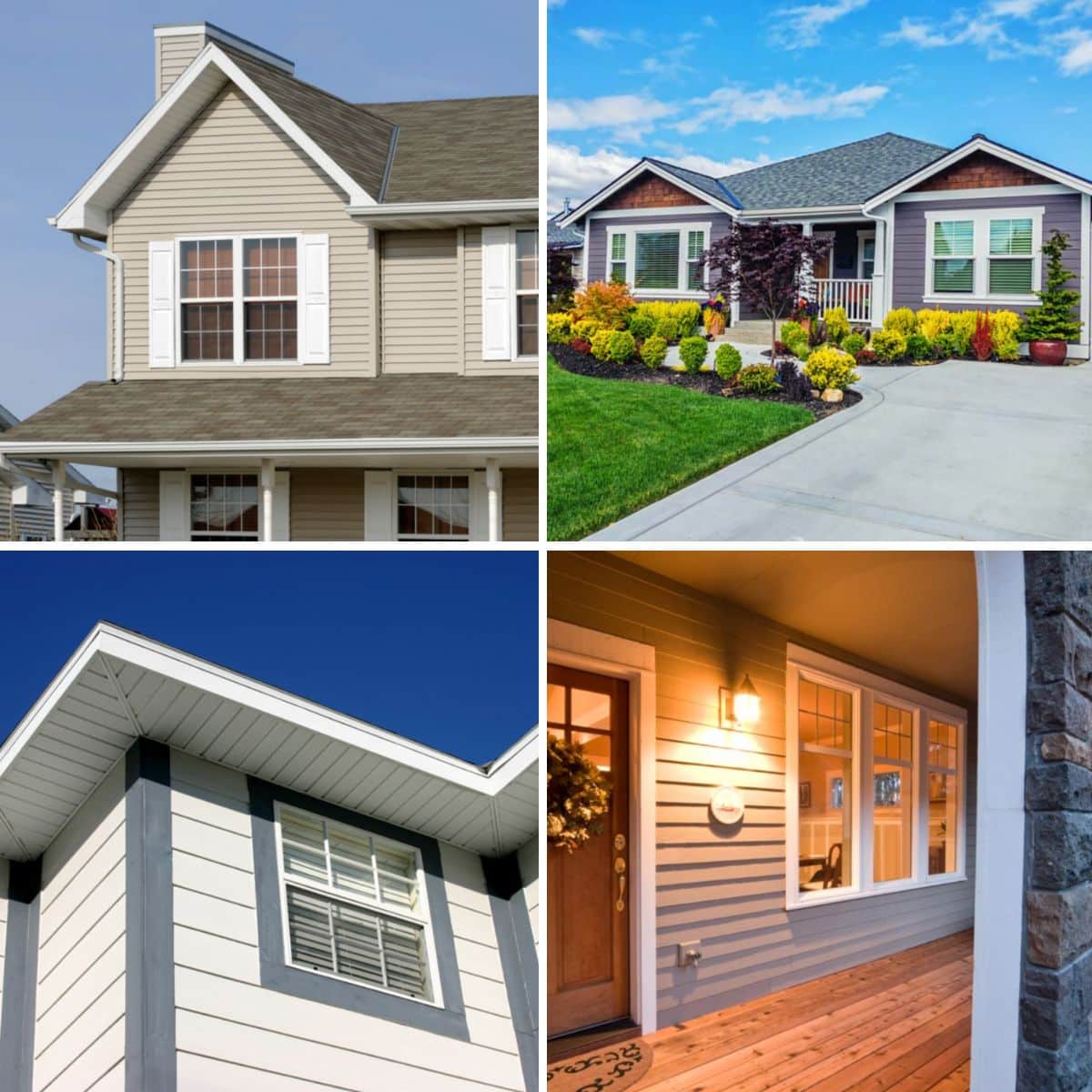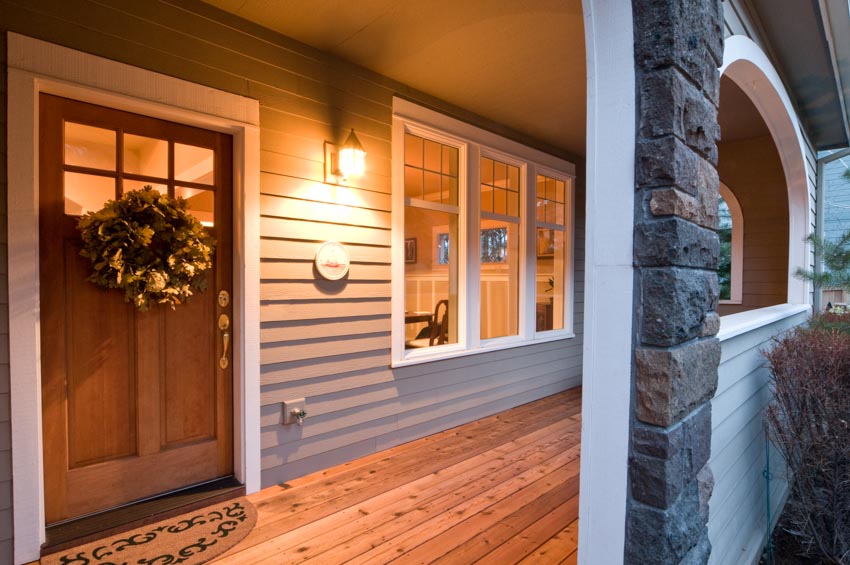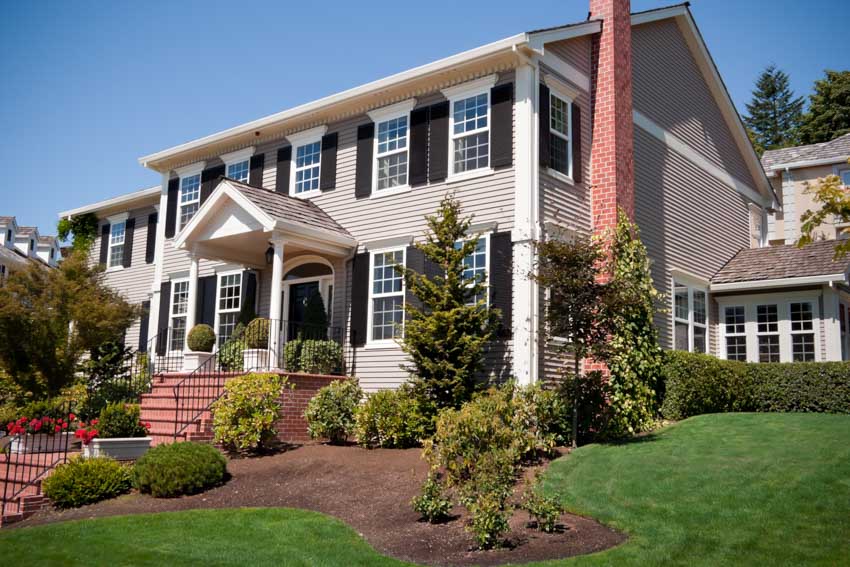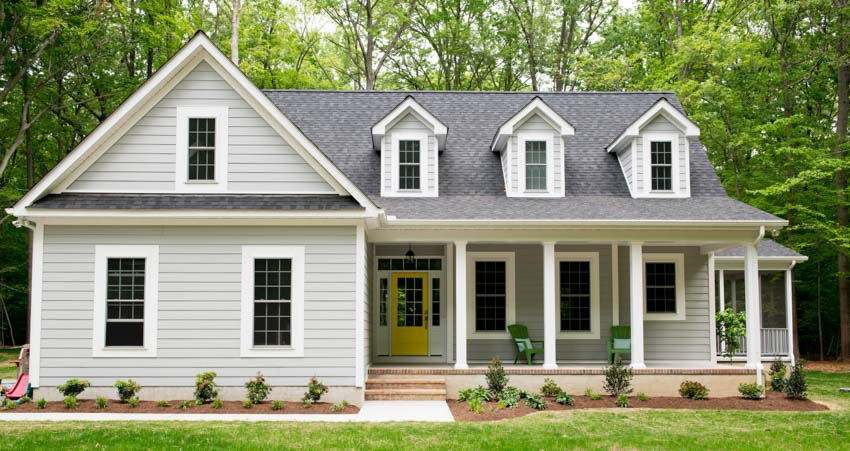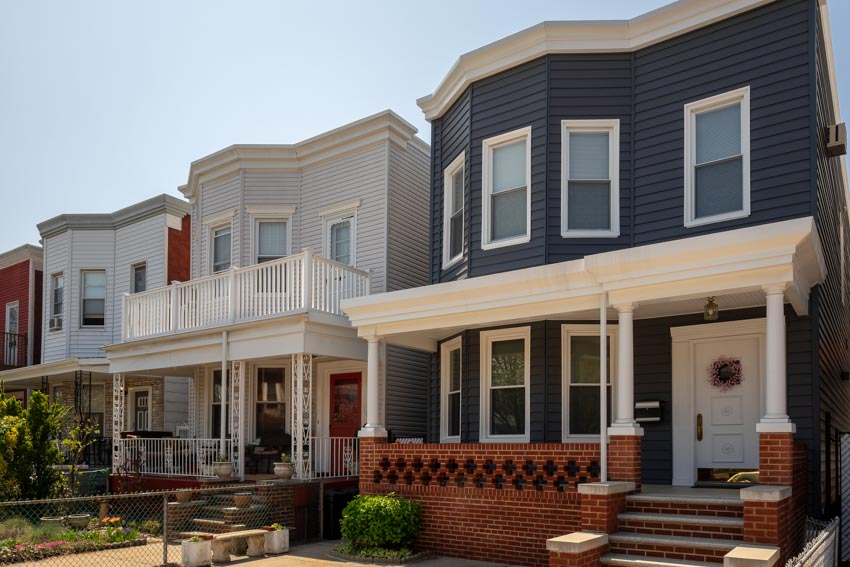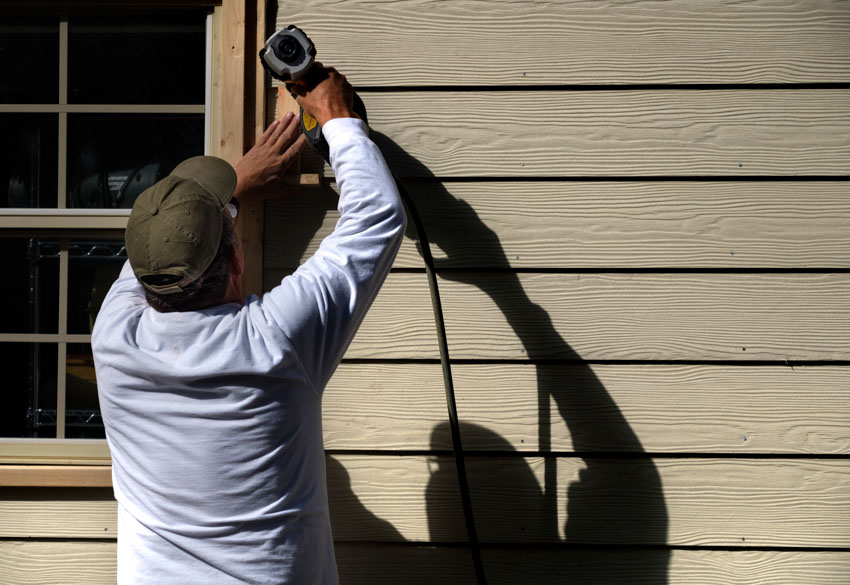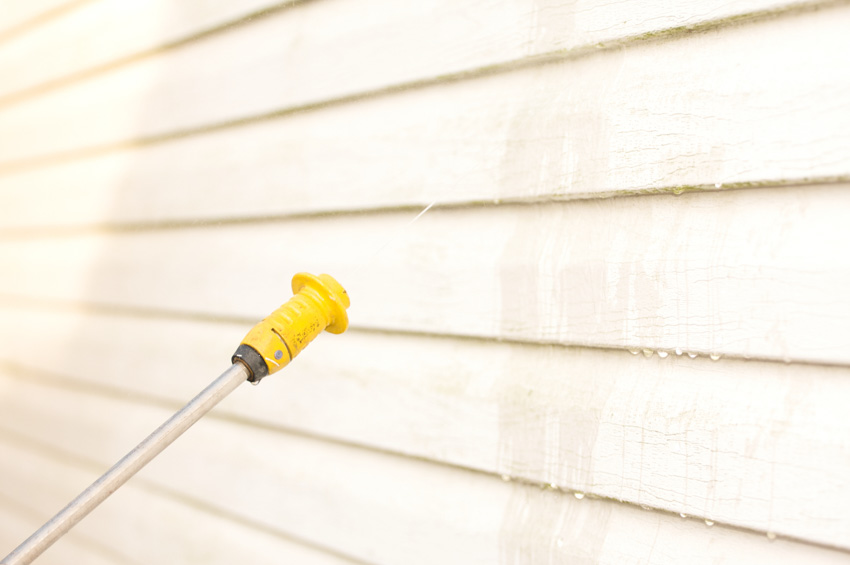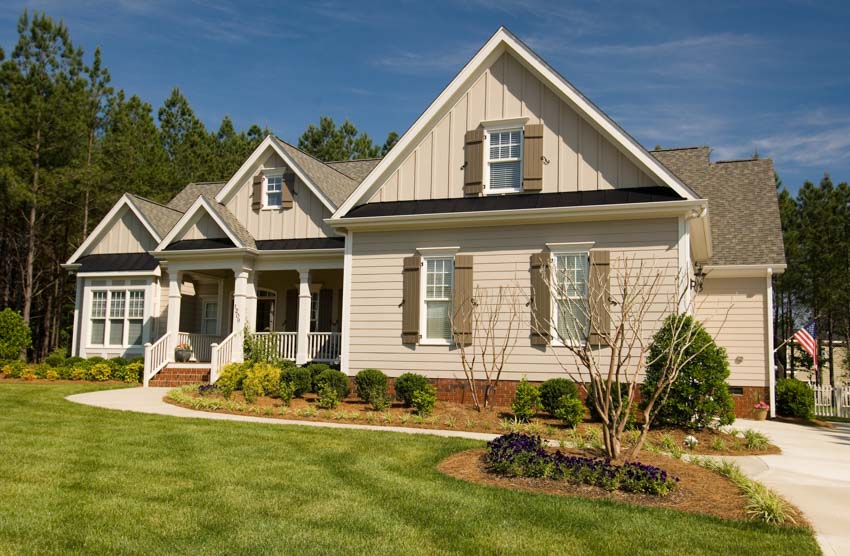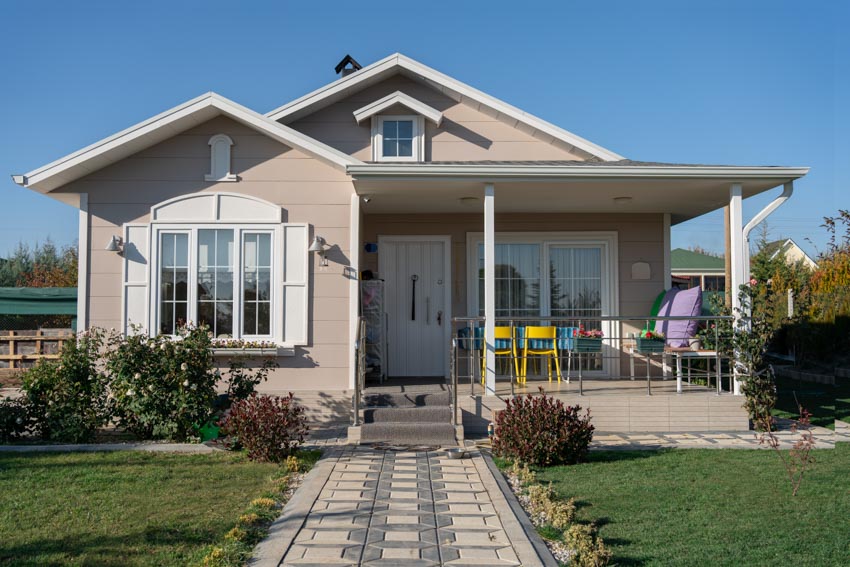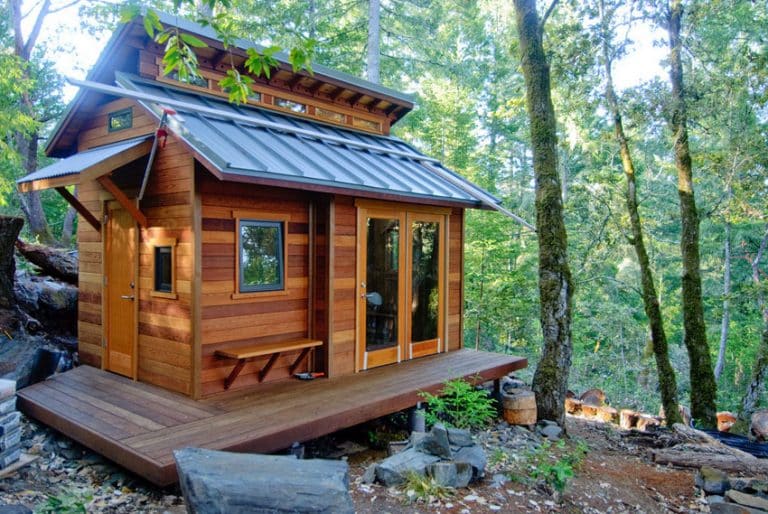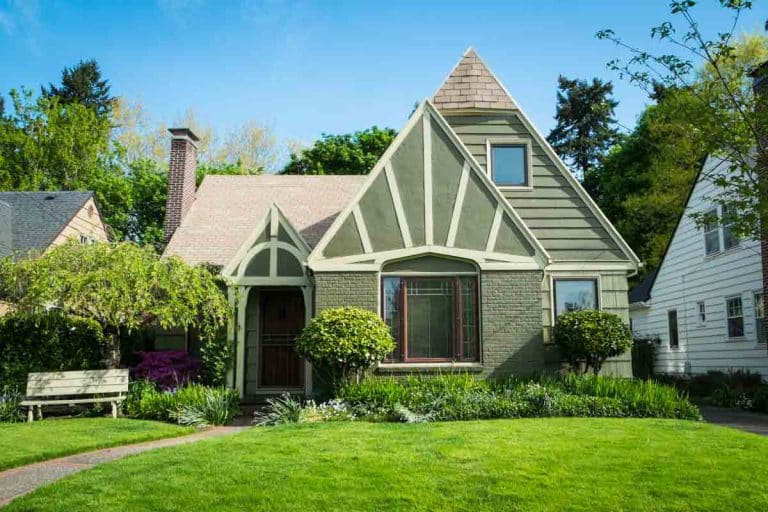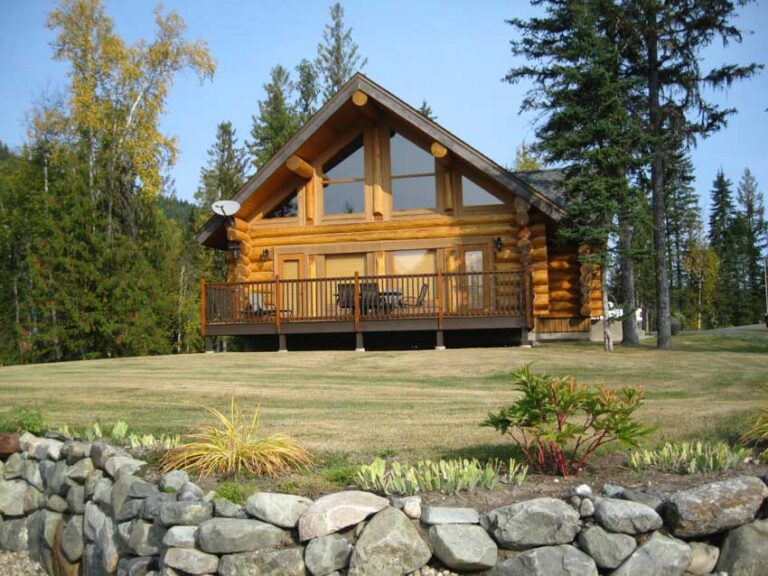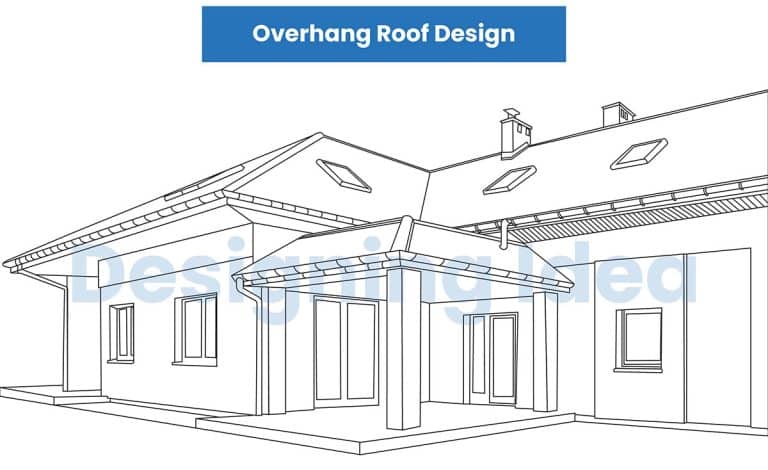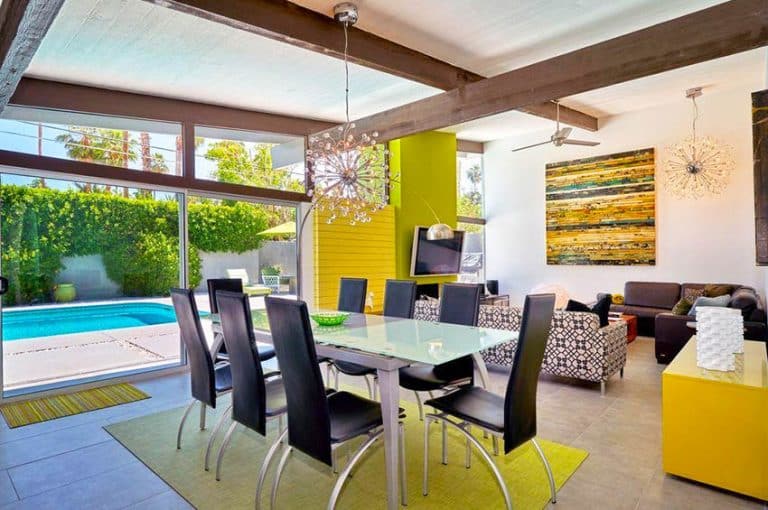Dutch Lap Vs Clapboard Siding
It can be challenging to choose the right exterior siding options for your project, especially when the differences between surface profiles are subtle, for instance, the difference between a Dutch lap or German lap versus a clapboard siding. In a nutshell, the features are the main differences between the two. Although both profile styles use overlap panels, the Dutch lap siding has a concave edge that curves into a notched overlap.
When looking at the house from a distance, this lapping style creates appealing shadow lines that add visual texture.From afar, traditional vinyl siding resembles Dutch lap. On the other hand, the straight edges don’t produce the stylish shadows that the Dutch lap is known for. If you’re still undecided about whether to go with Dutch lap or clapboard, take a look as we compare the two to help you decide which is best for your home. The following is an in-depth comparison between your Dutch lap and clapboard siding.
What Is Dutch Lap Siding?
This kind of siding is also termed German lap or cover siding. Dutch lap is a type of exterior wall lap siding in residential construction. It resembles traditional siding, except for a decorative groove on the top of the board.
Dutch lap is known as one of the most well-known siding styles available today. It reached the pinnacle of its popularity in the 1880s and has remained so in the exterior wall cladding market ever since.
The Dutch lap style is probably the most popular among installers and homeowners among the many different types to choose from. Homeowners mainly prefer Dutch lap because it is both attractive and cost-effective. It is less expensive to produce than other siding types with bevels and ogees and is simple to install. As a result, when you see a type of plank-style siding on a home, it’s most likely Dutch lap.
What Is Clapboard Siding?
The clapboard style is called lap, bevel, weatherboard, clawboard, or cloboard siding. Clapboard is a classic exterior cladding made of horizontally overlapping wood boards. Pine, cedar, oak, spruce, or other softwoods are wood species typically used. Clapboard can be stained, painted, charred, or allowed to naturally weather.
A lesser-known fact is that the name clapboard originated from the Dutch word klappen, meaning “to split.” Klappen, or “to split,” refers to the various wood species split by hand to make Clapboard.
Differences Between Dutch Lap and Clapboard
Most siding types appear to be very similar when viewed from the street. Except for shingled cladding, if you look at long planks from afar, you might miss some of the details that differentiate one from the other unless you get closer or compare them side by side.
The shape of the planks is what distinguishes them. Clapboard siding has a bevel on the edges, whereas novelty types often have a more decorative edge, such as an ogee or another fancy edge.
The slightly concave face of Dutch lap siding with a notch creates a bump-out on the surface, and this casts a shadow over the course below. The face of most Dutch lap surfaces can be milled with various decorative features, such as wood grain texture.
Clapboard is typically flat, resembling or made of simple longboards stacked on top of one another with a back-angle. While simple, it has always been the most traditional and common type of wall cladding because it was easier and less expensive to manufacture out of wood than Dutch lap.
Despite the fact that Dutch lap is now mostly made of vinyl, it was once made entirely of wood. A distinct shadow line runs between each perceived plank in this style.
Craftsmen used to do this by cutting a back angle at the top of each plank to achieve the notch, which looked similar to Shiplap cladding.
Both types of vinyl siding are available in a wide range of colors and finishes, including wood effect and smooth.
Siding Durability
Which is more durable? Dutch lap is more durable between the two than clapboard, considering the material, sectional profile, and installation.
Dutch lap has an angled profile varying between 6 to 7 inches, while traditional sidings have a 4 inches wide width. The extra width of your Dutch lap and its angled profile prevent water from stagnating on the surface, thus making it more durable than your clapboard.
Another to consider is the material. While there are wooden Dutch laps, most modern Dutch lap sidings today are vinyl or metal.
Your Dutch lap can withstand weathering conditions with a quality-made material with the right treatment. In addition, unlike wood, vinyl, or steel, Dutch laps don’t rot, scratch, or scrape.
Meanwhile, modern Clapboard types of house siding are mostly made from wood, particularly red cedar and pine, which can rot, subjected to weather and insect activity.
Dutch lap is a type of drop siding that is not beveled and not lapped in installation, unlike clapboards. Instead, it is edge-matched with shiplap or, less frequently, tongue-and-groove so that it can be installed flat on wall framing without the use of sheathing.
This means your exterior cladding is more resistant to rot caused by water or insect damage because water does not easily pass between your laps.
Exterior Home Design
Dutch lap and clapboard siding are made up of narrow planks laid horizontally across the building’s facade. Both styles are now available in vinyl, which eliminates the need to install individual planks in favor of larger panels.
Vinyl siding is thin and lightweight due to the material’s properties and panel design, and the panels are relatively large in size, making both styles simple to install. The only thing to remember is to start at the beginning of the level and keep your work straight.
When it comes to siding colors, you have various options to choose from, regardless of the style you prefer. White, light gray, dark gray, beige, and even more daring colors like red, green, yellow, and blue are all popular choices. However, when choosing a color, keep the type in mind.
Light colors are best for the smallest houses and there should not be too sharp a contrast between siding and roof colors. – Popular Mechanics, October 1955
In fact, lighter colors work better with Dutch lap because they help to emphasize the notch’s shadow. If you want to install a Dutch lap siding, white, cream, or light gray are good choices.
Clapboard vinyl wall profiles don’t have a strong shadow, so it works well with darker colors. Before deciding, you should consider the style you are going for.
For instance, a traditional color like white, light gray, or cream might be the best choice if you have a colonial home. Neutral hues are also a standard choice as they go well with other color accents on your exterior.
For a ranch or countryside cottage style, lighter shades of brown or light blue can be used.
Bolder colors like darker green, navy, darker gray, or red can create a modern home or twist on a traditional structure. Although black siding is not widely used, it may be an option if you don’t mind a unique look. Read more about matching siding with roof colors here.
A Dutch lap siding has a contemporary and trendy appearance. This was mostly made of wood back in the day. Today, however, vinyl materials are widely used.
The planks must also be carved at an angle because they overlap. As a result, it has a more refined and intriguing appeal. Clapboard siding, on the other hand, appears to be simple and traditional.
Architectural Siding Styles Best Matches
A variety of traditional architectural styles work well with Dutch lap. In recent years, it’s even had a resurgence, with older styles incorporating Dutch Lap regaining popularity. However, the most common architectural styles to use this style of siding on are those that were gaining popularity around the same time the style was introduced. Colonials, Gambrels, Victorians, and Greek Revivals are among the homes that will look best with this type of wall cover.
When used on Victorians, Greek Revivals, and other stately homes, the key is to use the Dutch Lap application in conjunction with other decorative sidings and to let the design stand alone when used on Gambrels and other plain styles. This siding style is best described as transitional; it combines traditional style with something new. In this case, the siding face’s unique styling adds interest and makes it suitable when used purely or combined with other cladding styles like decorative shingles or gingerbread.
However, the overlapping timber paneling style is also very popular with some more common home styles, such as the Ranch. The reveal and shadow of the Dutch Lap will benefit any home with a lot of long, horizontal lines.
Popular Colors for Lap Siding
Overlapping timber cladding is attractive in a wide range of colors and architectural styles. Because color is a regional preference, you should consider which colors will look best in your area and the home’s exterior.
Dutch Lap, for example, would look best in the whites and light grays that are popular in the Northeast. Both white and cream make lovely statements in the Midwest, or mix it up with beige and tan for a two-color look that still shows off the siding.
Colors in the South are a little darker than in other parts of the country. Choose mid-tones in blue, gray, or tan, rather than very dark browns, to make your Dutch lap look its best. This will then help bring out the shape of the wall profile.
Because homes in the West have a more varied color palette, you can use nearly any mid-to-light tone shade with overlapping timber to help your home stand out beautifully.
Clapboards
Clapboard, also known as weatherboard in New Zealand, bevel, or lap siding, is a type of beveled board used to clad the exterior of a frame structure. Clapboards are connected horizontally, with each one overlapping the one below it. They’re six to eight inches wide, with a 5/8-inch thickness at the lower edge and a fine upper edge that’s hidden beneath the board above.
They are typically made of oak that has been split or riven rather than sawn, and it is split in a radial pattern from a log; this process of splitting results in a roughly triangular shape. They’re nailed to posts or sheathing in an overlapping pattern, with the narrow top edge overlapping a thick edge from the Clapboard above.
Installing the overlapping board with a narrow exposure that decreases in exposure as you get closer to grade is quite common. The smaller reveal extends the board’s useful life, which exposes less of the board to the elements. Originally made of wood, they are now made of any type of siding material, primarily vinyl or fiber cement.
Siding Installation
A smooth installation process will save you time and money. Fortunately, the ease of installation of the clapboard and overlapping timber sidings is not significantly different. Each of these options can be installed with just a clip-on. When it comes to installing wooden sidings, there is a distinction to be made. This option necessitates the use of advanced tools. To achieve perfect results, you may also require additional skills.
Dutch lap is a drop siding not beveled or lapped in installation, unlike clapboards. Instead, it is edge-matched with shiplap or, less frequently, tongue-and-groove so that it can be installed flat on wall framing without the use of sheathing. And because it is lightweight and easy to handle, this option is incredibly simple to install, which can be extremely useful for large houses that need to adjust the plank length regularly.
Maintenance
Since most clapboard sidings are made of wood, expect high maintenance to the organic material, while vinyl Dutch cladding will need periodic washing, typically once or twice a year.
Be sure your clapboards’ end grain is sealed to prevent moisture contamination, and proper wood treatment is needed to prevent cracks and damages, which can lead to expensive repairs.
It is also important to inspect for damages, especially for chipped-off paint. If you see boards splitting, replace them immediately or use caulking to cover them, then repaint the damaged portion.
Price Comparison
Siding costs vary depending on the material rather than the style, but Dutch lap is generally more expensive than clapboard. While there isn’t much of a price difference between vinyl Dutch lap and Clapboard, the same effect in wood can cost more than three times as much! If you choose a vinyl material, the price will vary depending on the texture and color of the product.
However, to give you an idea, Dutch lap costs between $3 and $8.50. While clapboard wood siding is more expensive than vinyl, it has a much longer lifespan, especially if properly maintained. Clapboard siding costs $3.50 to $6 per square foot for materials only. Clapboard siding can cost anywhere from $6.50 to $10.50 per square foot after installation, depending on the species and grade of wood used.
Due to its material, one of the most significant advantages of a standard Dutch lap, over clapboard is its low cost. You won’t have to worry about constant maintenance or painting with vinyl Dutch lap, which can add up in the long run.
• Vinyl Material
Regarding the cost of Dutch lap vs. traditional vinyl, there isn’t much of a difference if the former is also made of vinyl. Traditional vinyl sidings cost, on average, between $1 and $7 per square foot, including installation.
Overlapping timber siding costs slightly higher, ranging from $3 to $8.50 per square foot. For a 2,000 square foot surface, traditional vinyl cladding can cost up to $14,000, while Dutch lap can cost up to $16,000.
• Wood Material
On the other hand, the cost of installing wood Dutch lap could double. You can expect to pay from $8 to $12 per square foot on average, which translates to up to $24,000 for a 2,000 square foot surface.
• Texture
The texture of the siding also influences the cost. Smooth panels are the most cost-effective but look out of place in traditional homes.
Clean lines, on the other hand, go well with modern architecture. Traditional homes prefer wood grain siding, but these panels are generally more expensive.
Lifespan Comparison
Dutch lap and clapboard sidings have no significant difference in their lifespan as both can reach from 20 to 40 years. Wood sidings can last from 15 to 50 years of life service. Steel or aluminum house siding, meanwhile, lasts from 20 to 50 years.
Factors that heavily affect the lifespan of your wall cladding are the installation system used and profile, which means Dutch lap is considered to have a longer life service than your traditional clapboard. However, take note that wood sidings can still outlast your vinyl installations with proper maintenance and quality material.
How Long Does Dutch Cover Sidings Last?
Although the durability of the overlap material plays a role, overlapping timber sidings can easily last 20 to 50 years.
How Long Does the Clapboard Last?
Clapboard sheathing can last anywhere from 20 to 40 years if properly maintained. Plan to reseal or repaint it every few years, patch holes or cracks as they appear, and replace damaged exterior wood cladding before it causes damage to the surrounding areas.
Which Is More Durable Siding?
Although there isn’t much of a difference in durability between the styles, thanks to modern materials and solutions, both Dutch lap and clapboard sidings should have similar properties, and most manufacturers will offer a warranty with their products.
Dutch lap can be said as more durable than Clapboard because of its profile. Looking at a sectional view, you can observe that the Dutch lap has more angle or beveling on its surface.
This angle prevents water from stagnating along with the sheathing. Again, note that there is a bigger durability difference depending on the material used.
Wood is a traditional clapboard material that holds up well. It does, however, necessitate some upkeep from time to time.
It’s a different story with vinyl. It’s both long-lasting and low-maintenance. Vinyl sheathing also come in a variety of colors. As a result, you have a wide range of color options. Read more about different types of engineered siding here for more options.
Ease of Installation
There isn’t much difference between vinyl Dutch lap and clapboard siding in terms of ease of installation. Both have a clip-on and finishing trim system that is fairly simple.
Sheathing made of timber is more difficult to install and may require specialized tools. However, whether using vinyl or wood, the most important thing to remember when installing overlay is to start straight and level and work your way up with the following elements.
Planks are typically pre-cut, and the installation process for both Dutch lap and Clapboard is similar. Many lap panels even have easy-to-install grooves and edges, allowing sidings to be clipped in and firmly secured.
Vinyl and metal lap-overlay planks are more prone to this. Natural wood still necessitates a little more skill and effort to properly install.
Which Siding Is Better?
There isn’t much difference in durability between Dutch lap and traditional siding when both are made of vinyl. The material is low-maintenance, requiring only the occasional cleaning of which a pressure washer is ideal. Buckling, warping, and chipping are the most common issues with vinyl. Insulated sheathing is an excellent option if you want something more long-lasting.
Dutch lap, which is made of wood, is another option. This option is more durable if properly maintained. Wooden overlay, on the other hand, is more expensive and more difficult to maintain. Furthermore, termites are attracted to wood because it is an organic material. Insects could build nests in the hollow spaces between the cladding and the walls if you use vinyl materials.
When deciding between Dutch lap and clapboard overlay, it’s critical to consider the details. While both are horizontal styles and do look similar, there are some differences. However, do note that the material used plays a much more significant role in performance than the siding style.
In summary, slanted boarding is a popular overlay option for residential properties with that modern look, and they’re also a little more costly than Clapboard. Meanwhile, the clapboard is traditional-looking and slightly more durable and less expensive than overlaping timber sidings. See more related content in our article about types of exterior wood siding on this page.

